These were the classic flip phones that everyone used (and we miss them)

Flip phones: they had relinquished their dominance in the market by the time the first true smartphones became commercially available around the mid-2000s. But for a long time – during the late 1990s and early 2000s – they were the most popular kind of phones. They were seen as cooler, hipper, and a step above compared to "candy bar" phones that were also widely adopted during the time. It was also kind of neat how you had to flip the phone open to accept a phone call. The motion itself was also satisfying the opposite way around when closing the phone to hang up. When did flip phones come out?
It actually doesn't matter which phone was the first to utilize this form factor; what matters is which clamshell phones have successfully etched their names in the history of mobile technology.
What was the first flip phone?
It actually doesn't matter which phone was the first to utilize this form factor; what matters is which clamshell phones have successfully etched their names in the history of mobile technology.
Nowadays, many people think of flip phones as antiquated, but others regard many of them as classic phones. In this piece, we’re going to go down memory lane to remember some of those classic flip phones from yesterday – the ones that everyone happened to own! We bet that if you had a phone during the 1990s and early 2000s, you were probably using a phone from the ones that we’ve listed below. What were some of your favorite memories about them?
Just note that the list below is in no particular order.
Motorola RAZR
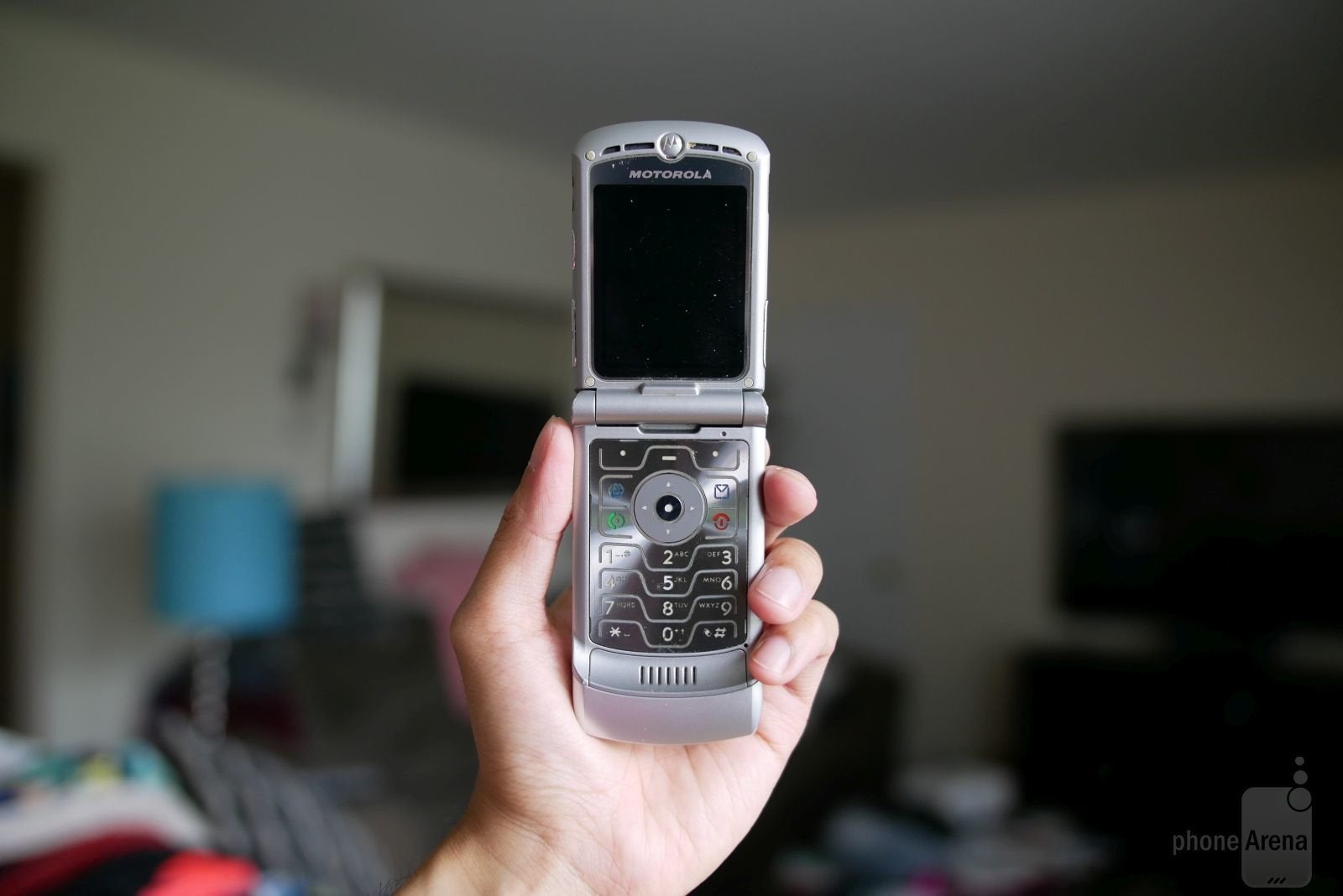
The Motorola RAZR is arguably the most iconic flip phone of all-time, redefining the look and style of the form-factor when it was released in 2004.
Who doesn’t remember the original Motorola RAZR, which was first introduced in 2004 and spawned a slew of variants in the years after its release? The RAZR’s design is a timeless work of art that still defies the imagination. As its name implies, the phone was notable for the svelte, razor-like profile it was flaunting – something that was unseen before 2004. Adding to its prestige, it also sported what was at the time deemed a futuristic-looking electroluminescent keypad. Unlike the backlit dial pads of its contemporaries, the RAZR’s electroluminescent keypad was completely flat and produced a hypnotic glow in the dark.
Even though it carried a hefty cost initially, the RAZR's price was eventually lowered a year after its release – allowing it to reach a wider range of consumers. Combining its striking design and subsequent lower cost, it was the phone that everyone was itching to buy and call their own. Impressively enough, the original RAZR V3 model mustered up sales totaling over 130 million units, which made it the best-selling phone at the time!
Motorola V300
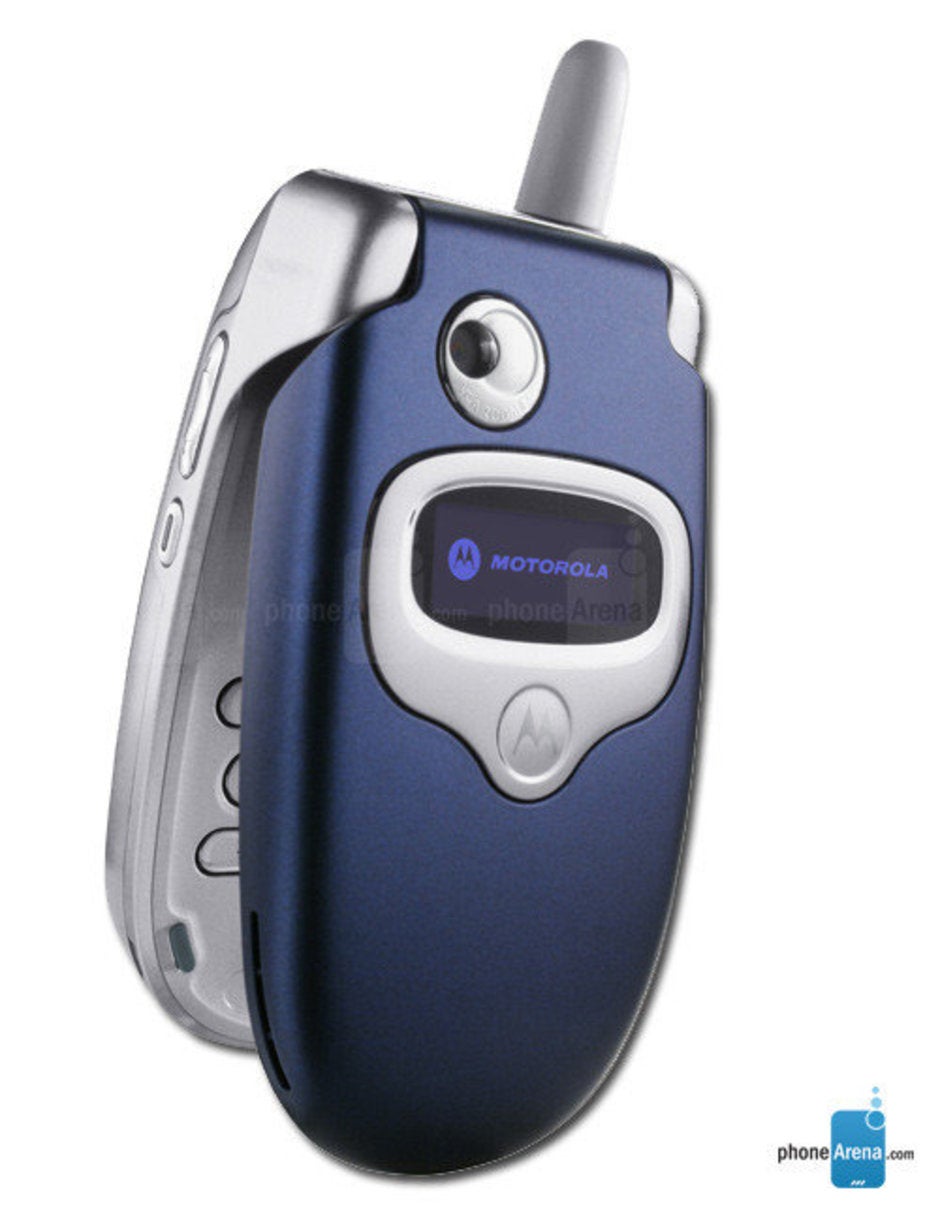
It wasn't as sleek or stylish, but there were still plenty of people rocking the Motorola V300 and its variants back in 2004.
If you didn’t have the money to spend on buying the Motorola RAZR back in 2004, then you were probably settling for another alternative at the time – the Motorola V300, or its many variants. This flip phone wasn’t nearly as polished as the RAZR, but when you’re on the other end of the price spectrum, it was simply the phone that many people decided on buying for the savings.
Covered in nearly this rubbery bluish material, the V300 was still a looker for a flip phone at the time. It pretty much covered the basics, offering users a VGA 0.3MP camera, an external blue backlit display, and polyphonic ringtones. The Motorola V300 may not have spurred sales similar to Motorola’s other offerings, but it was still a phone that many people were using because of its inexpensive cost.
LG VX-6000
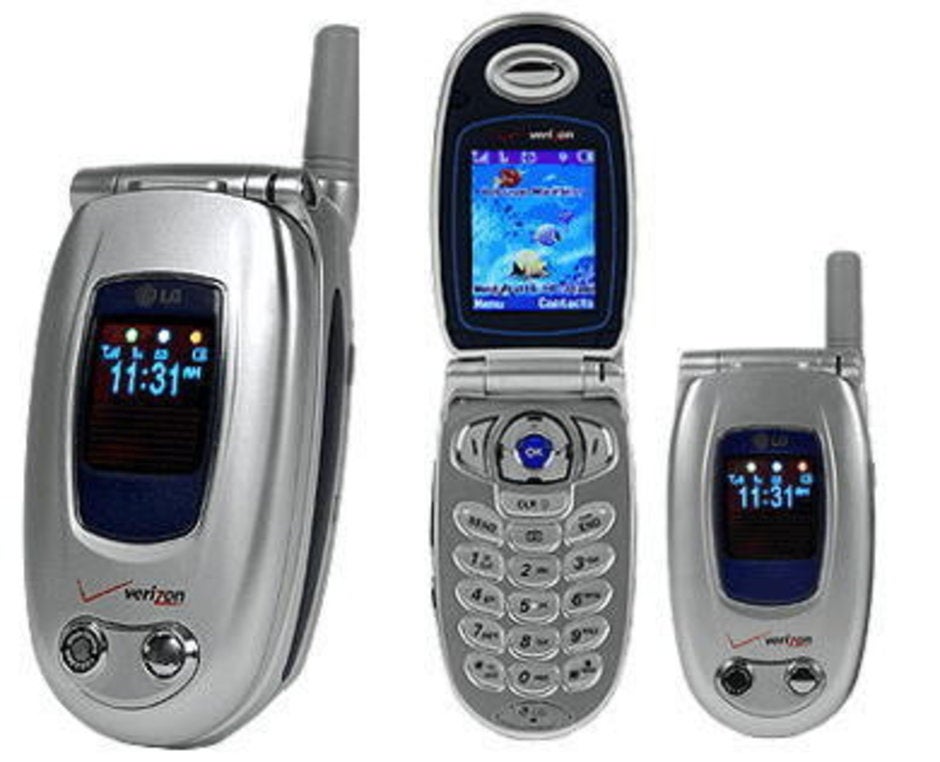
When the LG VX-6000 was released for Verizon Wireless, it helped to kick off the camera phone craze.
If you were a Verizon Wireless subscriber back in the early to mid-2000s, when camera phones were still in their infancy, then you were probably rocking the LG VX-6000. Part of its popularity was due to the fact that it was indeed LG’s first camera phone for Big Red. Taking snapshots with the 0.3MP (VGA) camera was undeniably a new concept for anyone at the time, but boy was it neat to have a gadget that could make phone calls and snap photos. There was even a mirror for self-portraits!
Beyond the camera, the LG VX-6000 was also memorable for the OEL (organic electroluminescent) external display it was rocking. It wasn’t like some of the washed out external LCDs that other phones were utilizing at the time. It was actually clear and offered the most relevant information – like signal strength, battery indicator, caller ID, and more. Better yet, there was this neat looking TRON-like animation with the colored dots. You could argue that the VX-6000 was the phone that helped LG become a relevant name in the phone space back in 2004. And this was before the ENVY series on Verizon!
Sanyo SCP-5300

Sprint customers were one the first to experience having a camera in a phone with the Sanyo SCP-5300 back in 2002.
It’s amazing how flip phones were some of the first phones to feature built-in cameras, providing users with another useful tool. For those in the US, the Sanyo SCP-5300 for Sprint was credited for being the first commercial phone to pack a camera, which is probably why it appealed to a lot of people. No longer did they have to carry another gadget around for the purpose of taking photos, since it was now an option with the SCP-5300. Sure, the phone itself was rather chunky in size for a flip phone, but to its credit, people didn’t mind because it had the ability to snap photos.
Sprint customers undoubtedly had something precious at their disposal, so early adopters were certainly relishing the fact that the Sanyo SCP-5300 added something new into the mix that wasn’t seen before. Some people were even willing to migrate to Sprint because of this phone, which goes to show the appeal of being the first on the block to offer a totally new feature!
Samsung SGH-X426
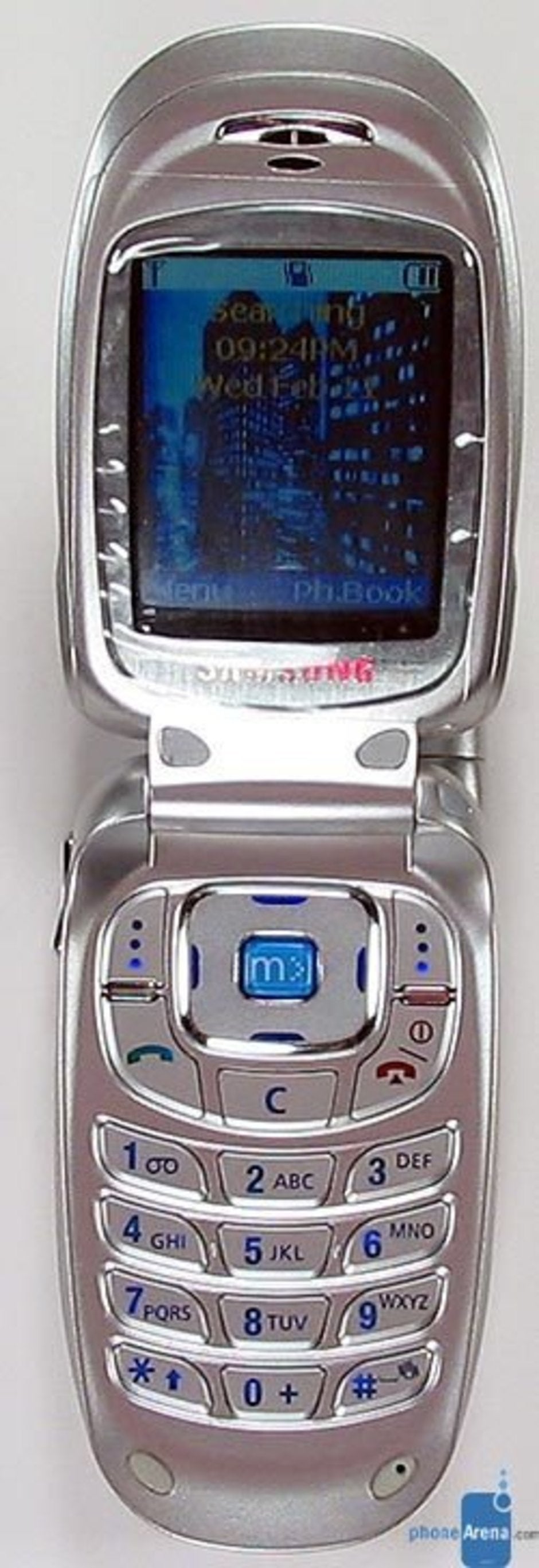
The Samsung SGH-X426 may not be remembered by as many people, but it was a simple flip phone that a lot of people were using during 2004.
Samsung’s current dominance in the market wasn’t achieved overnight. It took them a long time to reach where they’re at now. But during the mid-2000s, Samsung was just a small fish in a pond, overshadowed by the likes of Motorola, Nokia, and Sony Ericsson. If you were an AT&T Wireless or Cingular customer during 2004, then you may have become acquainted with the Samsung SGH-X426. It was one of those entry-level flip phones that the carriers offered, boasting only the bare necessities.
Ericsson T28
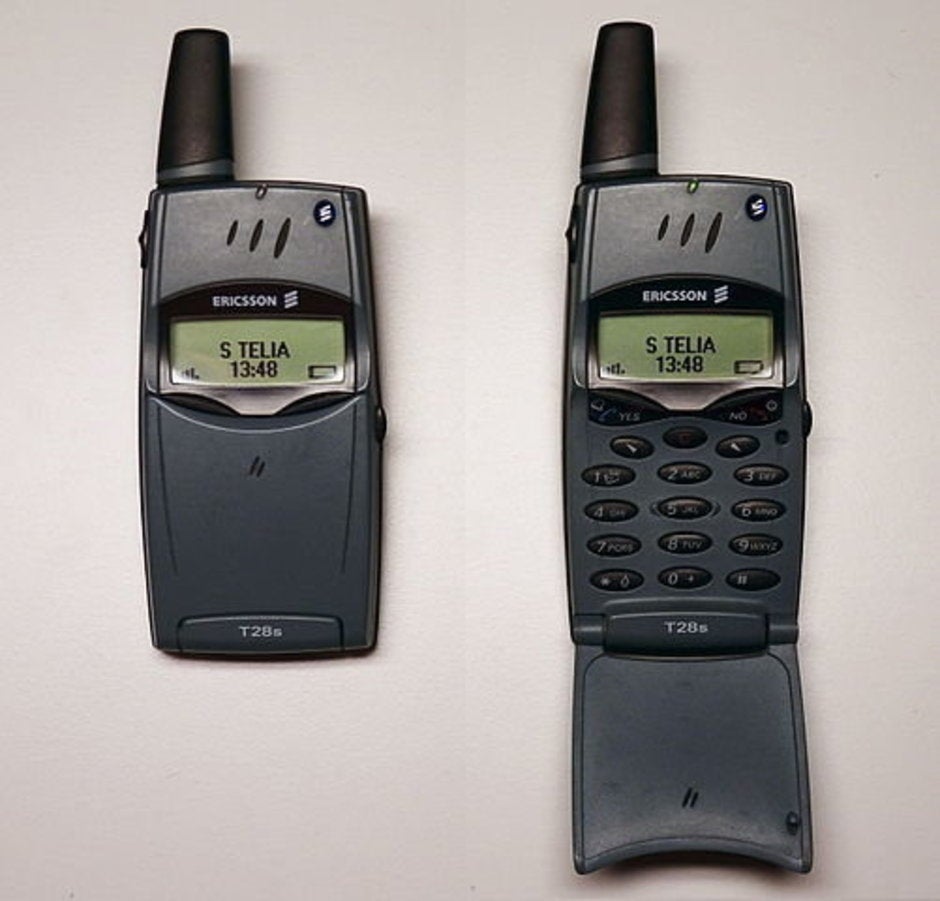
Finding its success among business professionals, the Ericsson T28 featured a nifty spring-loaded mechanism.
Phones weren't attempting to look stylish with their designs back in the 1990s. Back then, they were as straightforward as they come with their hulky sizes and monotone colors. However, the Ericsson T28 from 1999 went towards a different direction with its compact design. This flip phone was actually the lightest and slimmest phone during its day, but strangely enough, it wasn’t necessarily the phone that everyone owned. Instead, it was positioned as a premium offering, which was reflected in its price over other models at the time.
Despite lacking the broader mainstream appeal like some other members on this list, the Ericsson T28 struck a chord amongst business professionals. It was the phone that many of them were using at the time for a number of reasons. Not only did it feature a nifty spring-loaded mechanism for flipping open the flap to reveal the dial pad, but it was the first to feature a replaceable stubby antenna and the first to use a lithium polymer battery.
Motorola V60
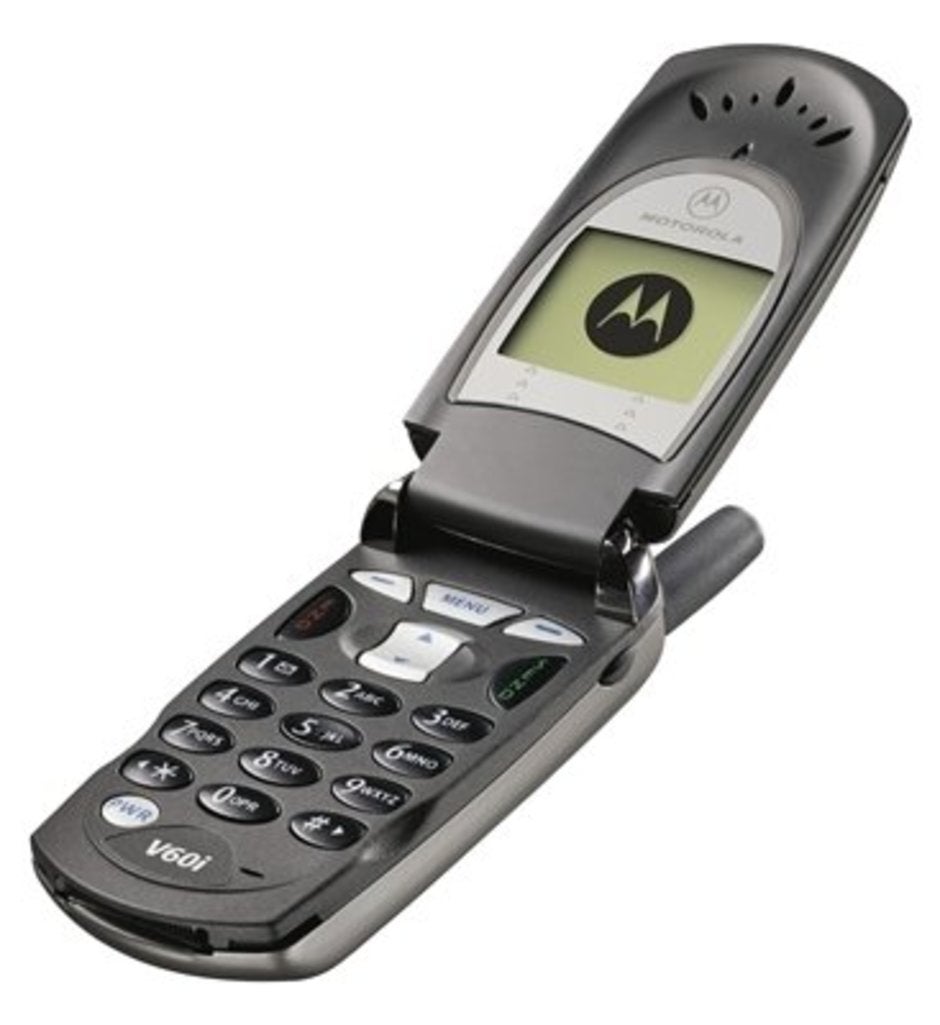
Before the RAZR's success, the Motorola V60 was a big hit with consumers during the early 2000s.
Just before the arrival of color screens in cell phones, the Motorola V60 from 2002 took the world by storm and appealed to a broad range of consumers. You could argue that the V60 gave the subsequent Motorola RAZR some inspiration, seeing that the V60 sported a metal housing resulting in a substantially more premium feel – while also packing excellent software and features that gave it outstanding versatility over comparable phones. Adding to the arsenal was the fact that it was also a true global phone, offering support for three cellular technologies (GSM, TDMA, and CDMA).
With the V60, Motorola showed that it was placing even more emphasis on the design of its phones. And for a flip phone, it surely was a stunner in just about every capacity, which made it a prized possession for many people. Flip phones by this time were beginning to become the dominant form-factor, so it was especially satisfying to see Motorola delivering the goods and setting the bar high with the V60.
Motorola MicroTac
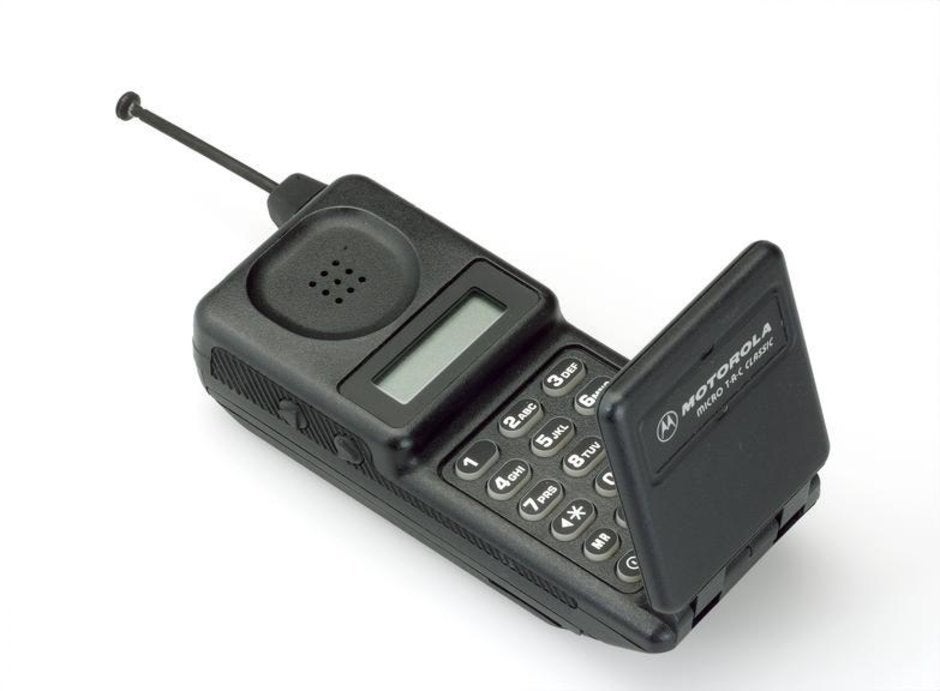
The Motorola MicroTac introduced the flip form-factor back in 1989.
Way back in 1989, things were a lot different in the space. There wasn’t a huge variety of cell phones for consumers to choose from, and the Motorola MicroTac stood out amongst the few that were around. That was partly due to the fact that it introduced consumers to this brand-new “flip” form-factor. Prior to its arrival, cell phones were hulky sized things – giving birth to the term “brick” phones.
The MicroTac also made headlines upon its release because it was the smallest and lightest cell phone at the time. All of these qualities definitely made an impression on people who could actually afford to buy a cell phone and the service that they required. Thanks to its popularity, Motorola released subsequent variants of the MicroTac, realizing the appeal of the flip form-factor.
Motorola StarTAC
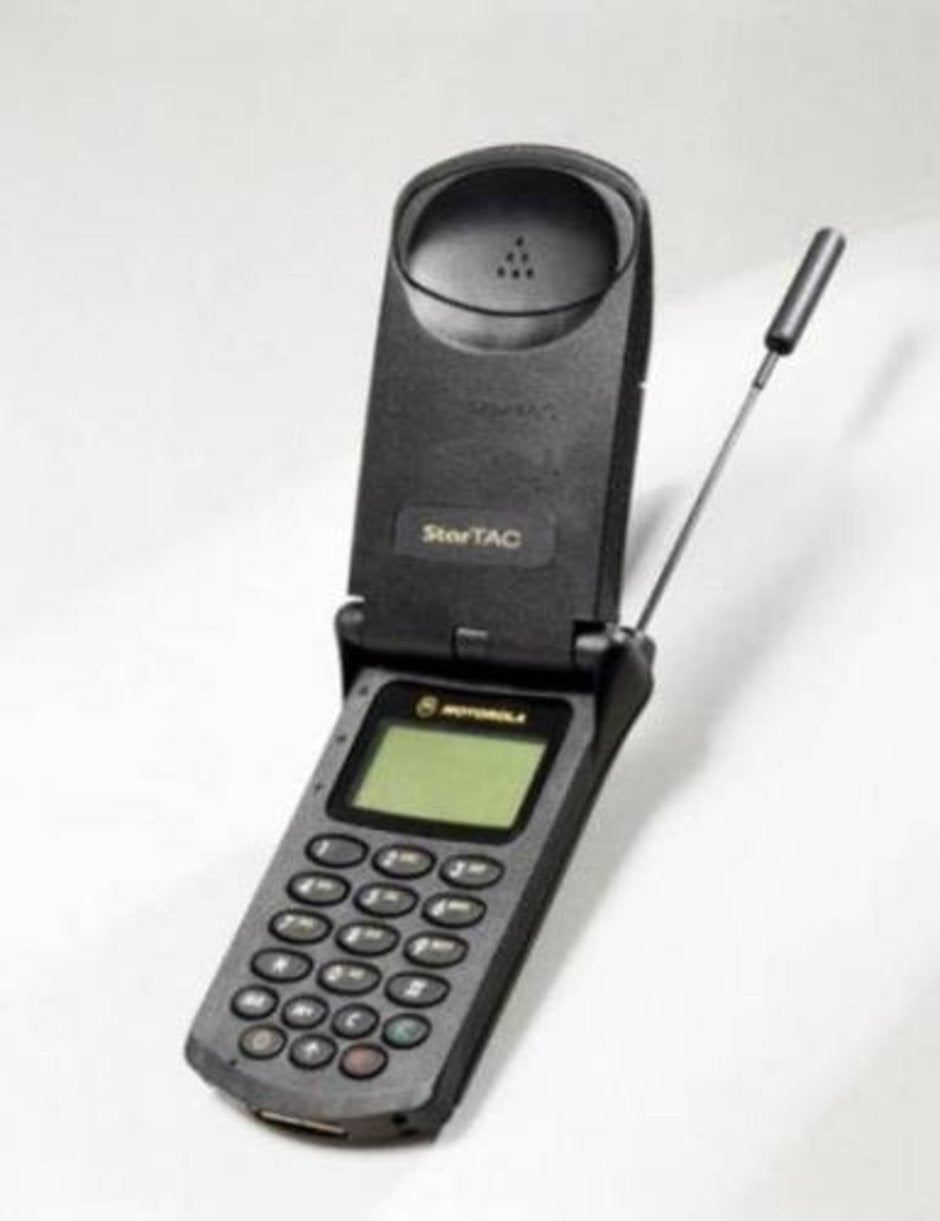
Another widely popular classic flip phone from Motorola came during the mid-1990s with the release of the StarTac.
Finally, we get to the true classic on this list – the Motorola StarTAC. When it was released in 1996, it instantly moved cell phone designs forward with its slim and compact size. No, it may not have been as svelte or stylish looking as the RAZR, but for a phone that was released during the mid-90s, the StarTAC was the phone to own for its looks. In fact, it was the smallest and lightest handset at the time of its release, so the allure in owning such a thing made it coveted amongst cell phone subscribers. In addition to making phone calls, the StarTAC is also notable for being able to send text messages.
Now, the beauty about the StarTAC is also seen in how it made owning a cell phone obtainable by the average person. No longer was a cell phone reserved for the rich and elite, so a lot of credit was given to the StarTAC for helping to broaden cell phone ownership to a higher degree. And for this reason, it was one of the phones that everyone seemed to own during that time period.

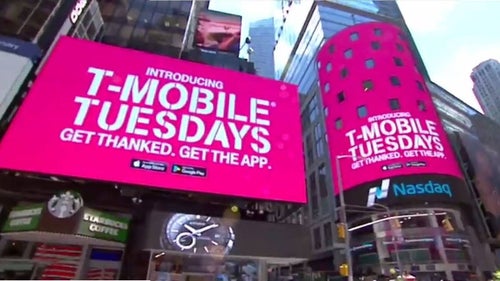
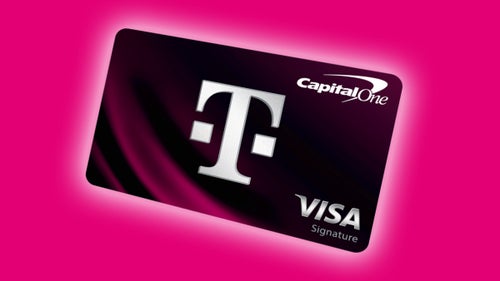
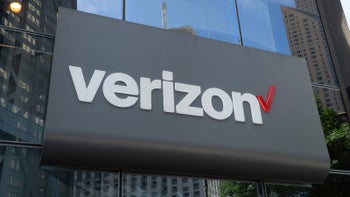
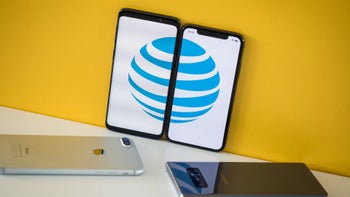
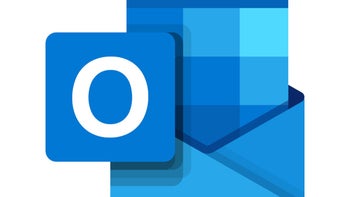
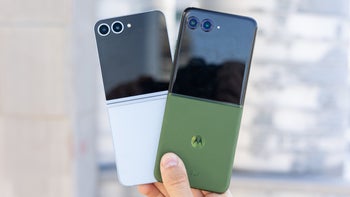
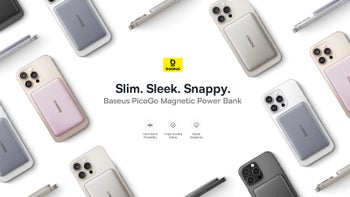

Things that are NOT allowed: